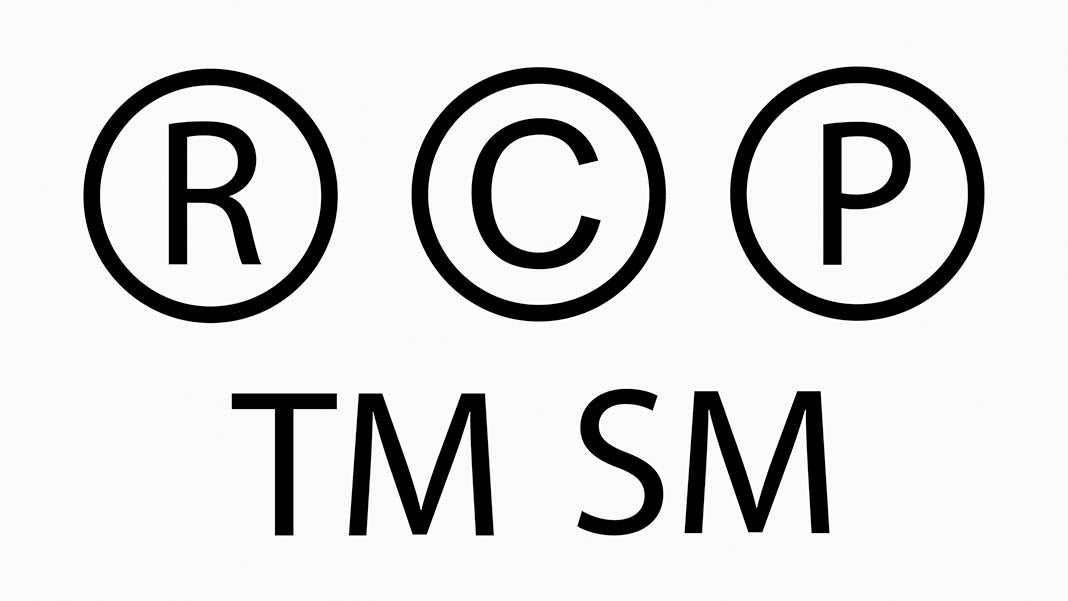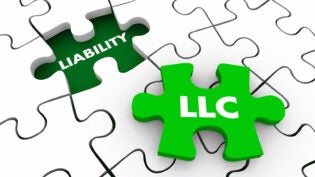3 Common Pitfalls of Your Trademark Application

Protecting the name of your business is a vital step toward franchising. It also has other important business implications. Think of it as the modern-day version of staking claim to land in the wild west. By trademarking your brand, you’re defending a key asset of your business. It’s the declaration that this belongs to you, and you are putting down business roots under this particular banner.
Unfortunately, the trademark process isn’t as simple as nailing a stake into the ground. Nor is it as quick of a process.
To help you successfully claim your business trademarks, here are 3 common pitfalls of a trademark application.
1) Not Fully Evaluating Current Use
The first step to any trademark application, and actually a step you should pursue when naming your company, is checking to see if that entity is currently trademarked. You can complete a thorough trademark search on the United States Patent and Trademark Office (USPTO) website. Their Trademark Electronic Search System (TESS) gives you the ability to explore current trademarks, as well as see which are live and which are dead. The database also showcases marks as well.
You will need to develop a search strategy to review current marks for similarity to your own. It’s not always as simple as seeing that your exact mark isn’t currently trademarked. If it’s too similar to other marks or would create a “likelihood of confusion,” it will not be approved. The USPTO outlines examples of marks that wouldn’t be approved due to similarity here.
This doesn’t have to be as overwhelming as it sounds. I help clients evaluate the likelihood of success in trademarking a prospective mark. Together, we outline the best avenue to move forward.
2) Not Anticipating Disputes
It’s not always the trademark office that causes problems in your application. Other companies with similar marks or names can patrol what they claim are competing trademarks. Some companies will file an opposition to your pending trademarks in an attempt to control their name.
With trademarks, applications with a similar name to a company can be successful as long as the new business is in a different industry, referred to as class, and doesn’t pose a direct competition to the original business. In short, you can potentially have a company trademarked as Hatch Co-Working Space and also have Hatch Chicken Farms.
Not all companies take lightly to their name being used in different industries. It’s unlikely you will ever see a Coca Cola tire company or a McDonald’s clothing line. Additionally, they have extensive legal teams to help them patrol this space. It’s not a fight worth pursuing.
You can identify how guarded the space is you are applying for by reviewing past applications on the USPTO website. The TESS system identifies all public information on a current trademark and corresponding applications.
Whenever a client wants to proceed submitting a mark with a likelihood it may not be successful, I always advise submitting a backup mark. You don’t want to spend all the time going through the process to come out with nothing.
3) Submitting a Descriptive Mark or Name
Not every mark can be trademarked. Can you imagine if someone trademarked the word “riding my bike”? Because of this, you will need to be creative and try to add words to the mark to pass examiners scrutiny.
To protect against this, the USPTO prevents you from trademarking what they classify as descriptive marks. This extends to all types of marks, including the most commonly used word marks and service marks.
Identifying descriptive marks isn’t always an obvious science. Especially when it comes to service marks, this can become a little trickier. The USPTO will air on the side of caution.
If your mark is deemed to be descriptive, we can review the action and write a response to the examiner to try to convince them that the mark is not descriptive and should be allowed to continue through the process. When registering our mark for PLAYLive, the notes filed by the examiner claimed our mark was descriptive. By writing our response, we were able to place PLAYLive on the Supplemental Register. We also were able to succesfully register the mark PLAYlive Nation.
Read more on Trademark Symbol Registration
An Experienced Lawyer to Help Through the Process
Partnering with an experienced entrepreneurial lawyer throughout the process will not only make your application process more efficient, it will also help you sidestep common pitfalls. One of the most frustrating actions is to spend several months going through the application process and come up empty handed. Particularly for franchises, your trademark plays a pivotal role in moving through the franchising process.












